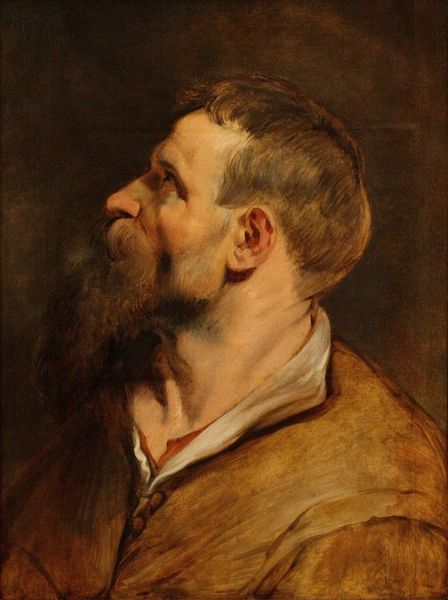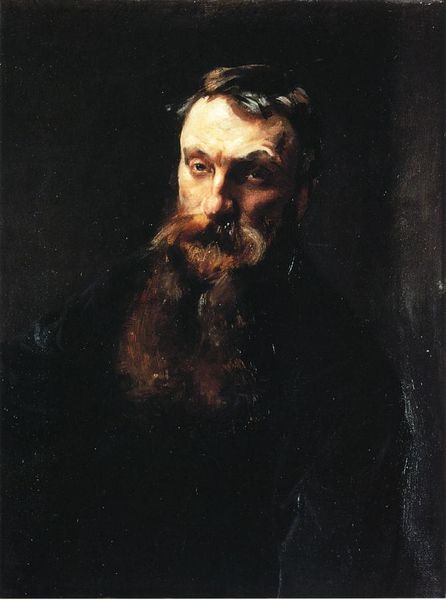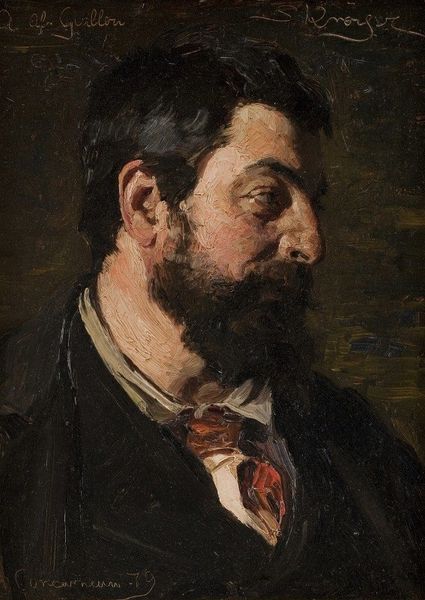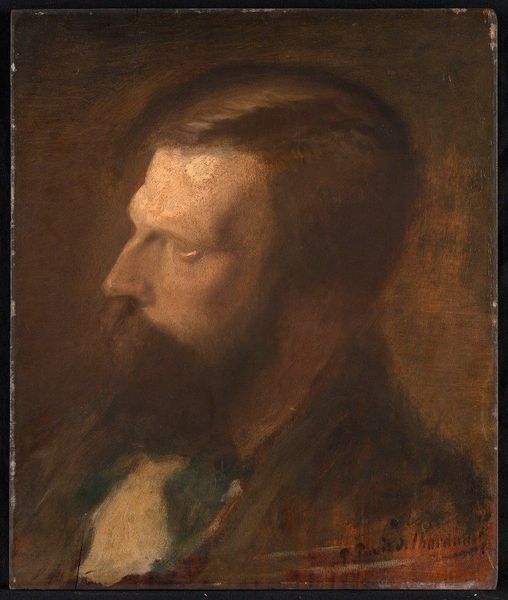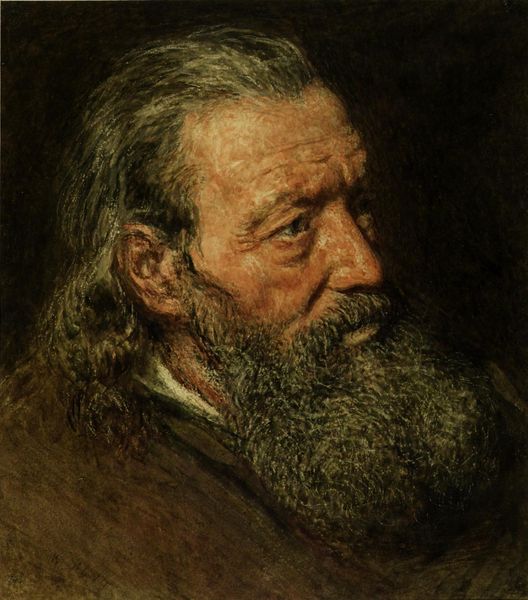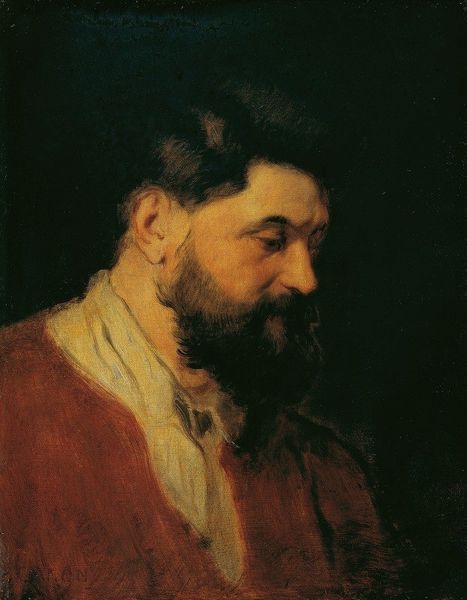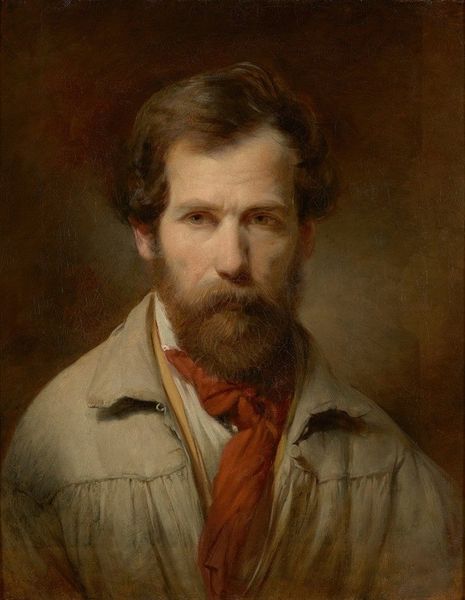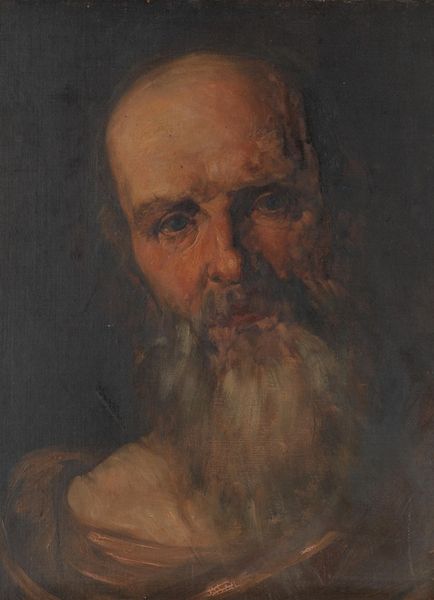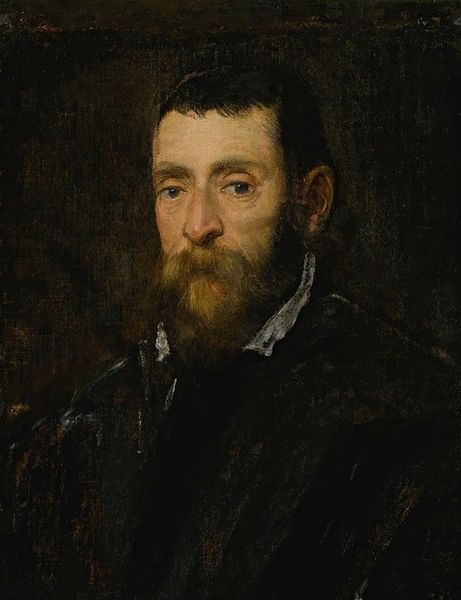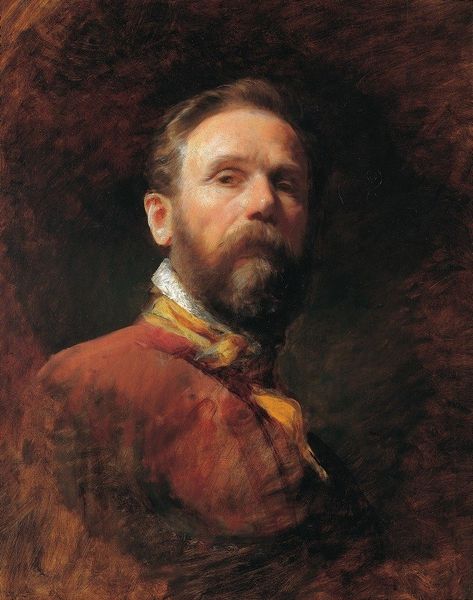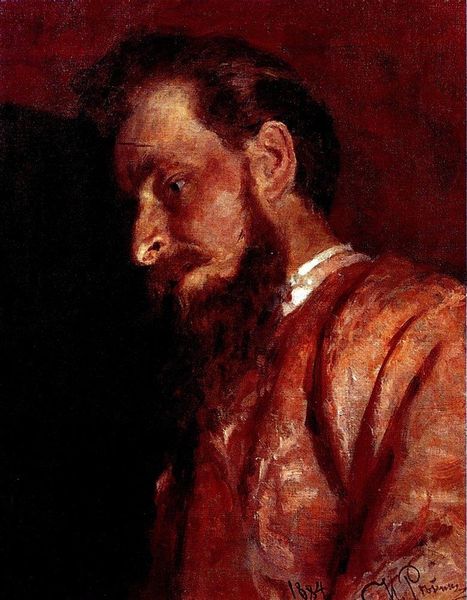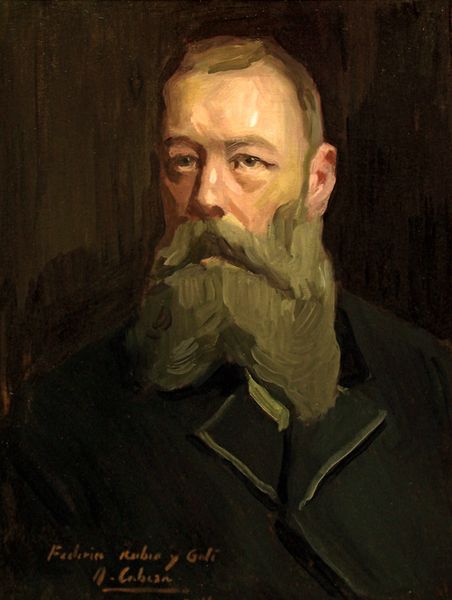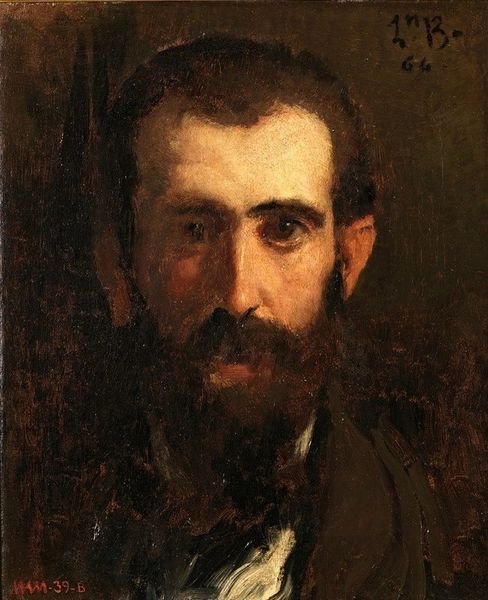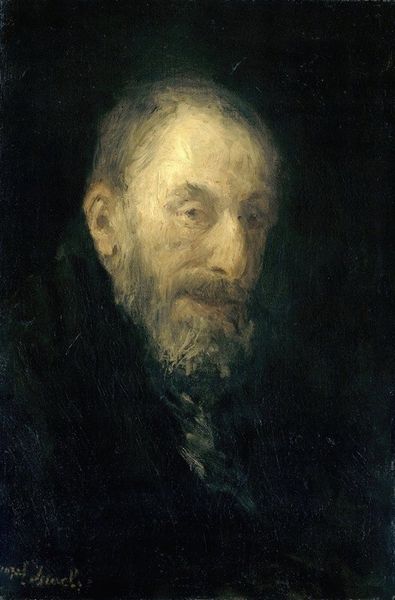
painting, oil-paint
#
portrait
#
figurative
#
baroque
#
painting
#
oil-paint
#
mannerism
#
oil painting
#
history-painting
#
realism
Copyright: Public Domain: Artvee
Editor: This oil painting from around 1615, "Portrait of a Man" by Peter Paul Rubens, has such a direct gaze despite being a profile. What strikes me is the tangible sense of the texture in the beard and the fur. How would you approach interpreting this piece? Curator: From a materialist perspective, it's fascinating to consider the procurement and processing of the pigments themselves. Where did Rubens source his lead white for the highlights? How was the oil processed to achieve that luminosity? And consider the labour involved – from grinding pigments to layering the paint, perhaps with assistants. These are all social processes embedded in the artwork. Editor: That's really interesting. It makes you think about art making beyond just the artist's individual skill. The sheer amount of work... Do you think the fur trim indicates wealth or status reflected in material terms? Curator: Exactly! Fur wasn’t simply a decorative element; its production and trade underpinned social hierarchies and complex economies. The cost of fur and clothing like this points to specific sumptuary regulations. The consumption displayed isn’t innocent; it's a calculated performance of power tied to networks of material exchange. Editor: It's almost like we can read a history of commerce and labor just by looking at this one element of the portrait. Curator: Precisely. The portrait then becomes a record, not only of likeness, but of the social and economic fabrics woven into its very creation. Editor: I hadn’t thought about art that way before, but examining the materials used and how they were obtained gives so much insight into the broader context of the work. Thanks! Curator: And I learned that even the most seemingly straightforward portrait can reveal fascinating histories if we shift our focus to the material conditions of its making.
Comments
No comments
Be the first to comment and join the conversation on the ultimate creative platform.
